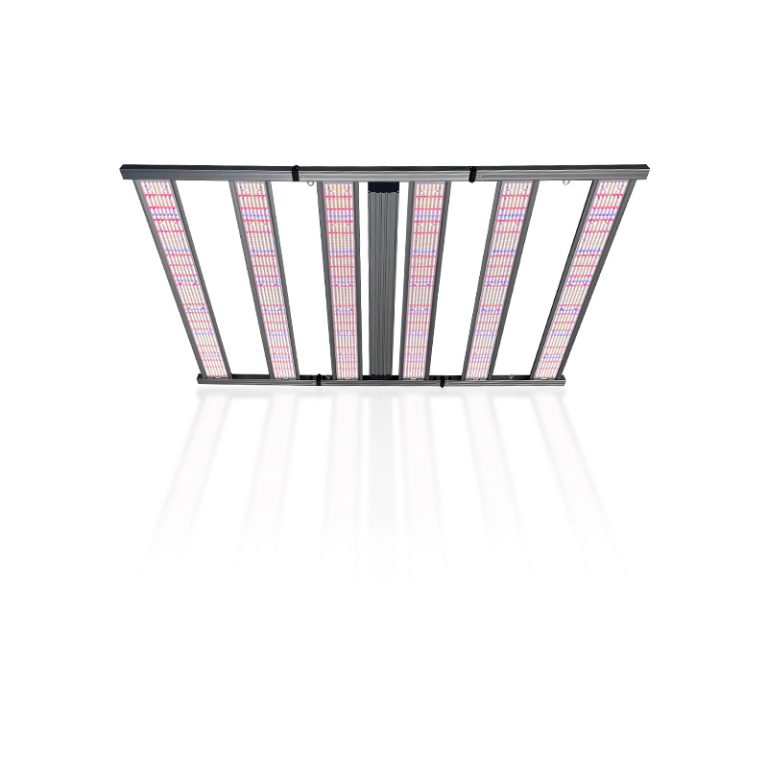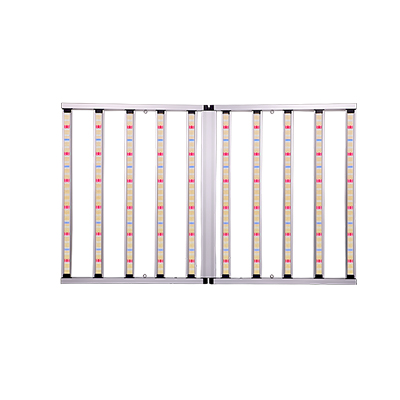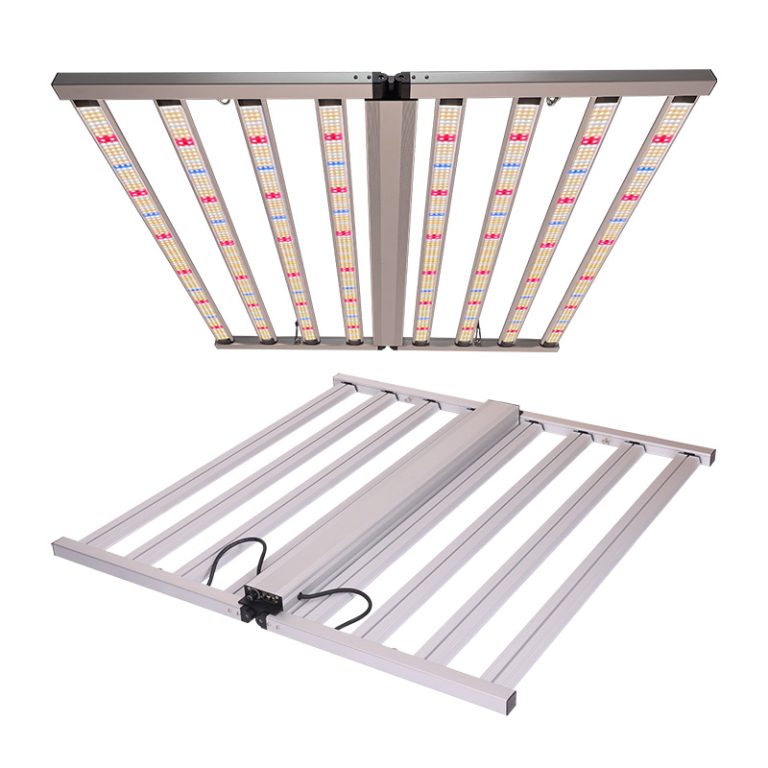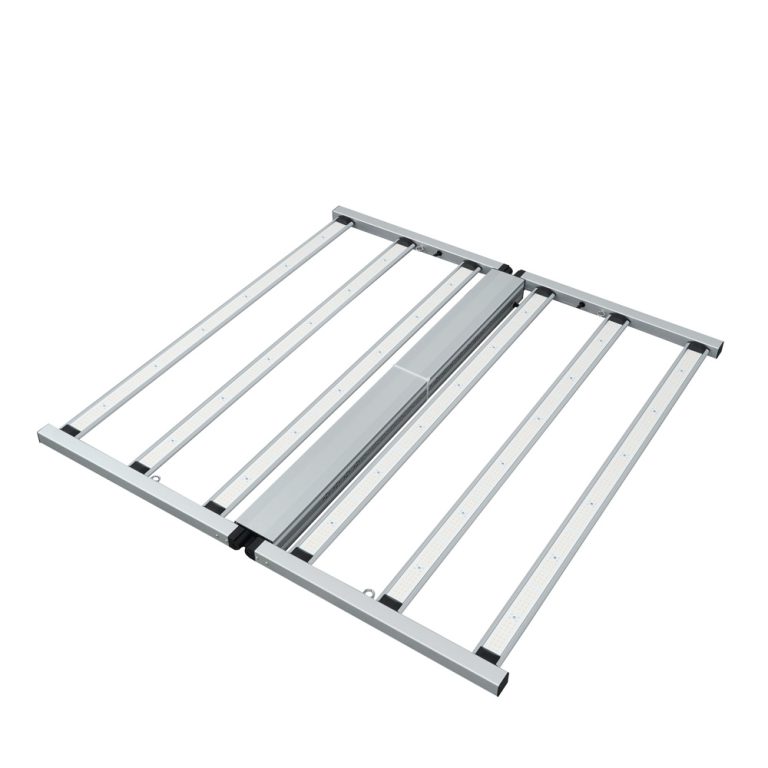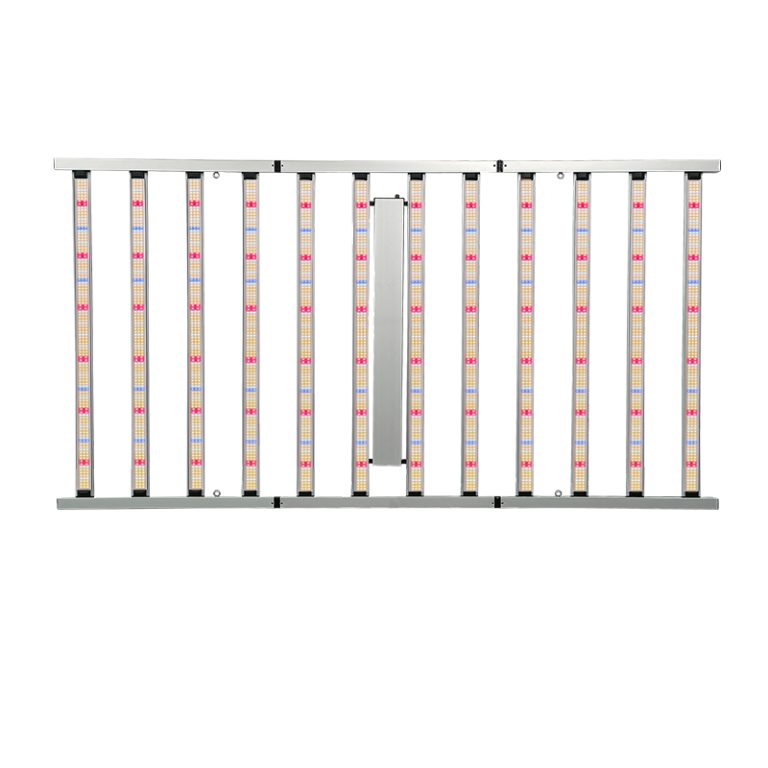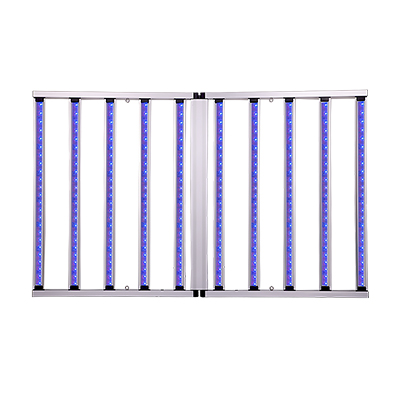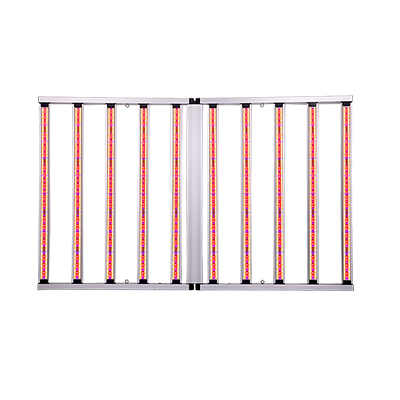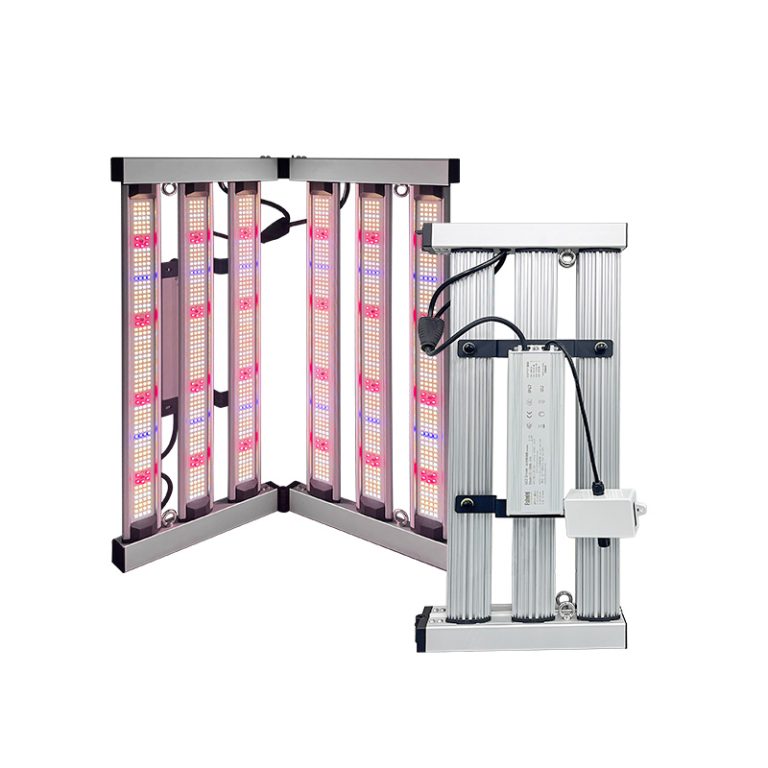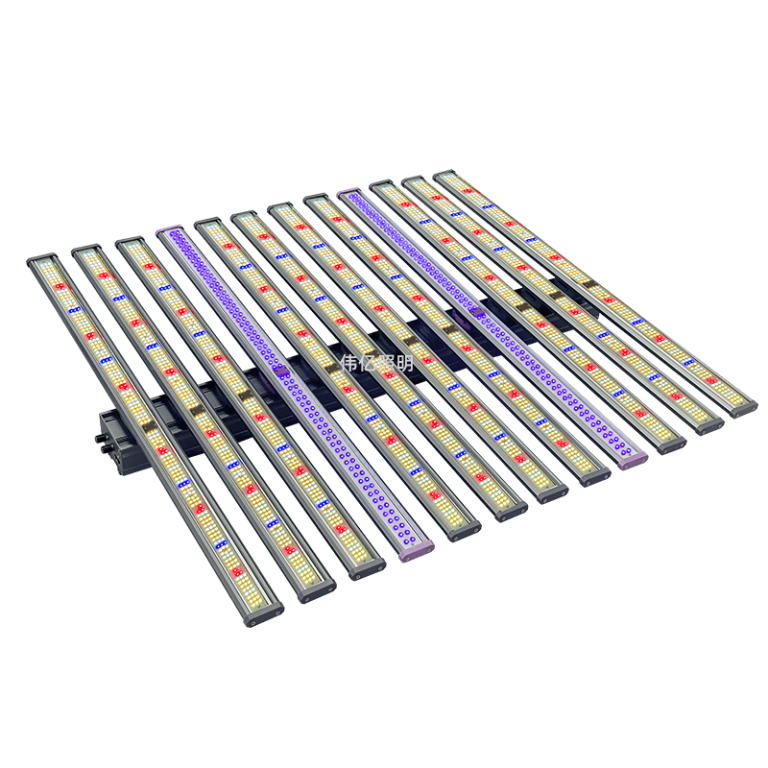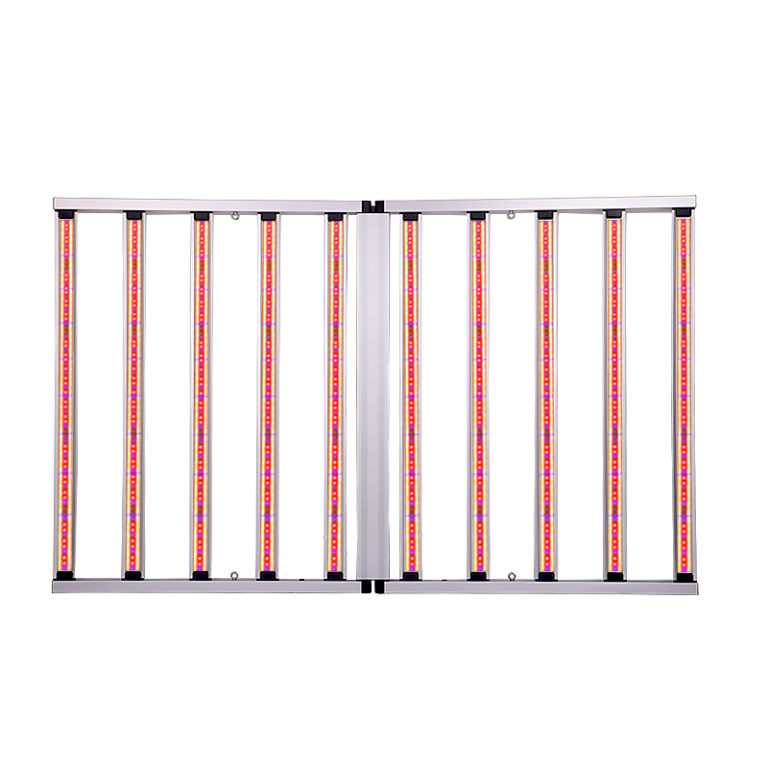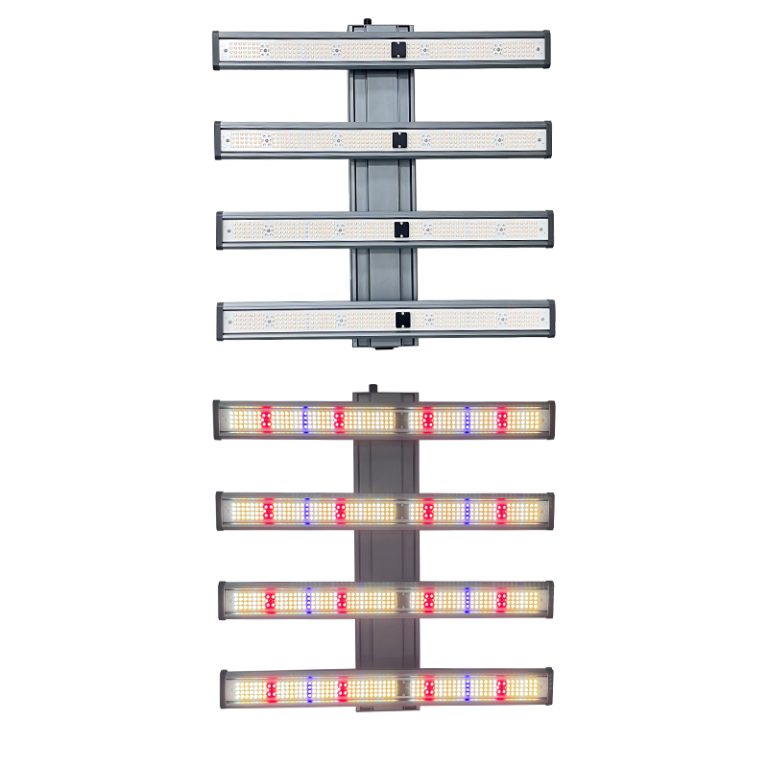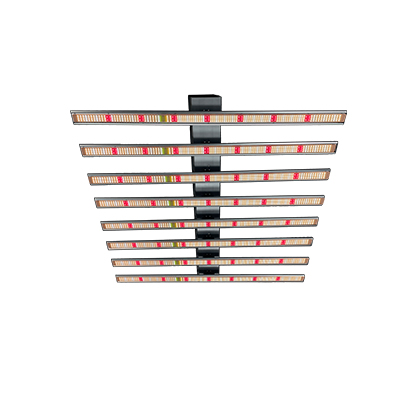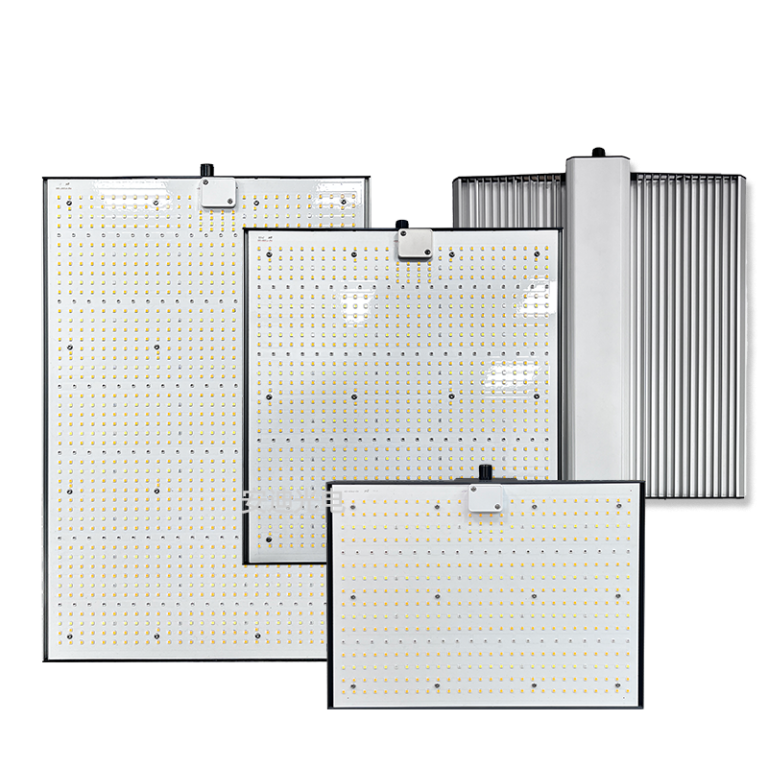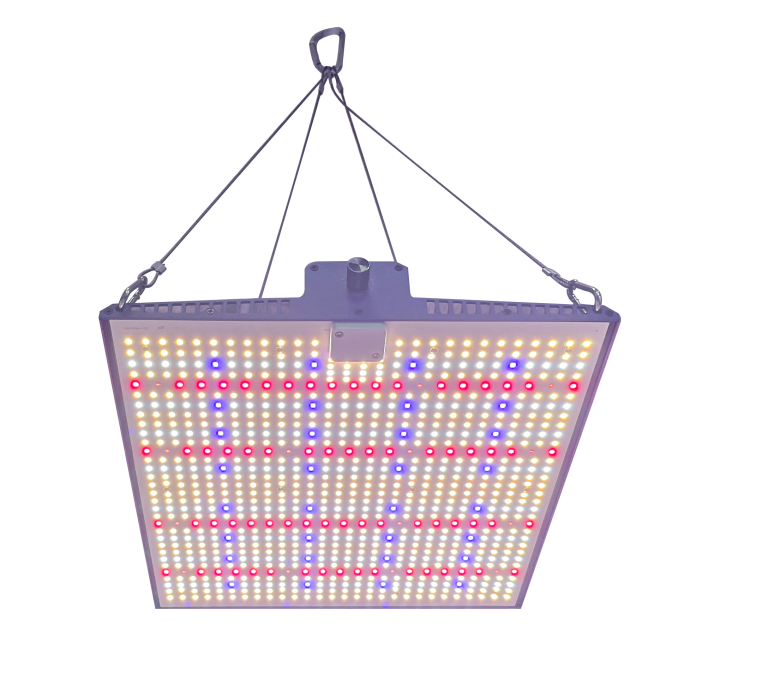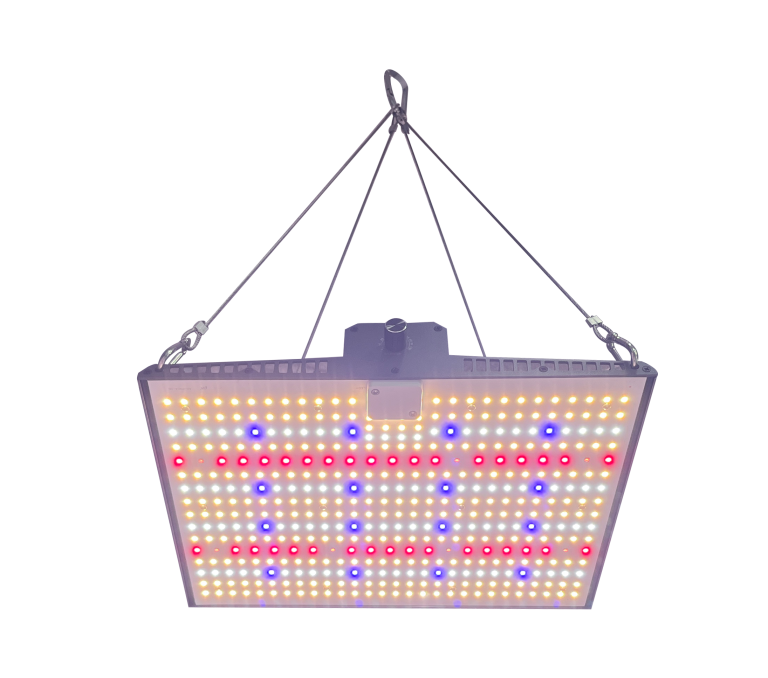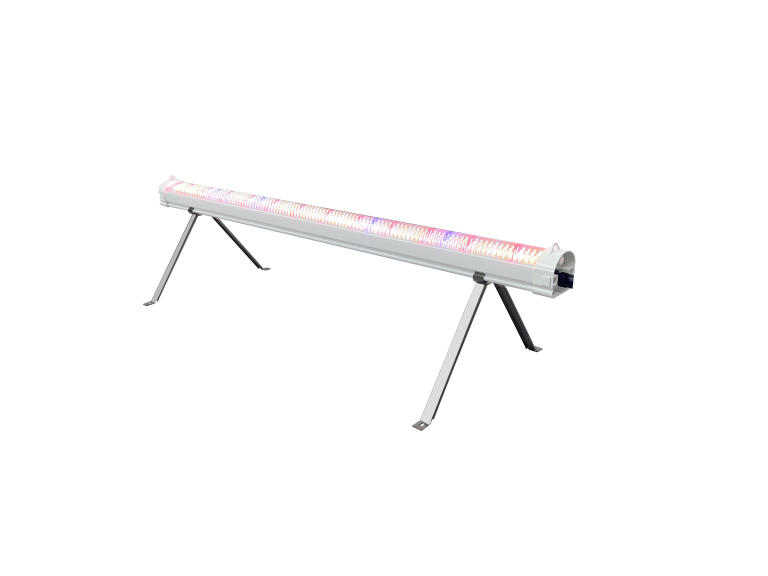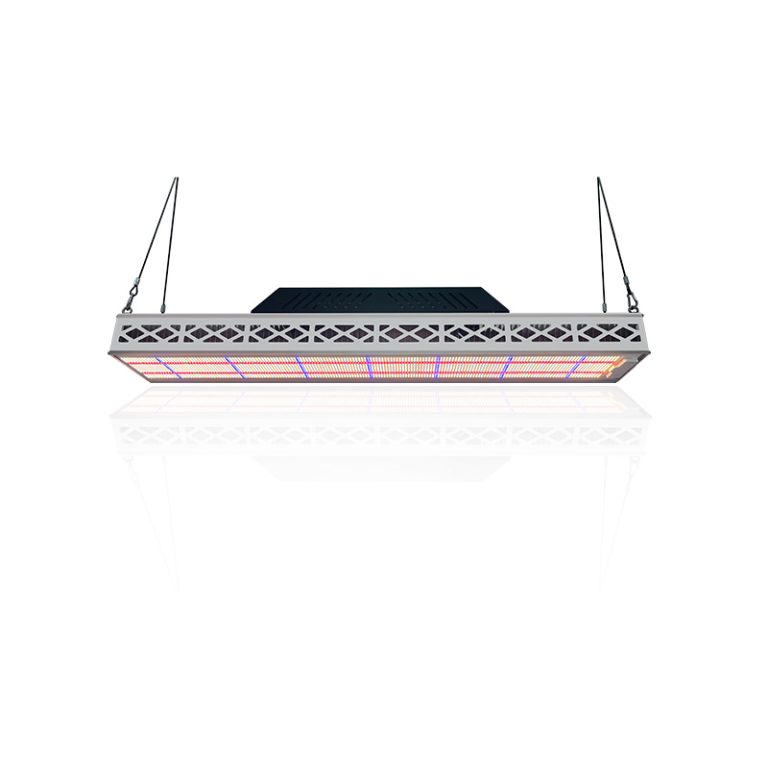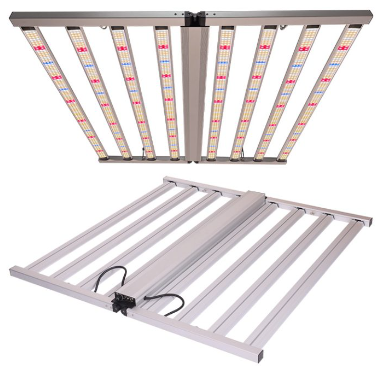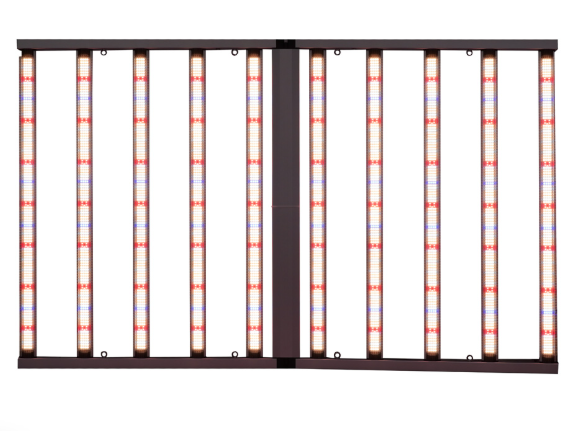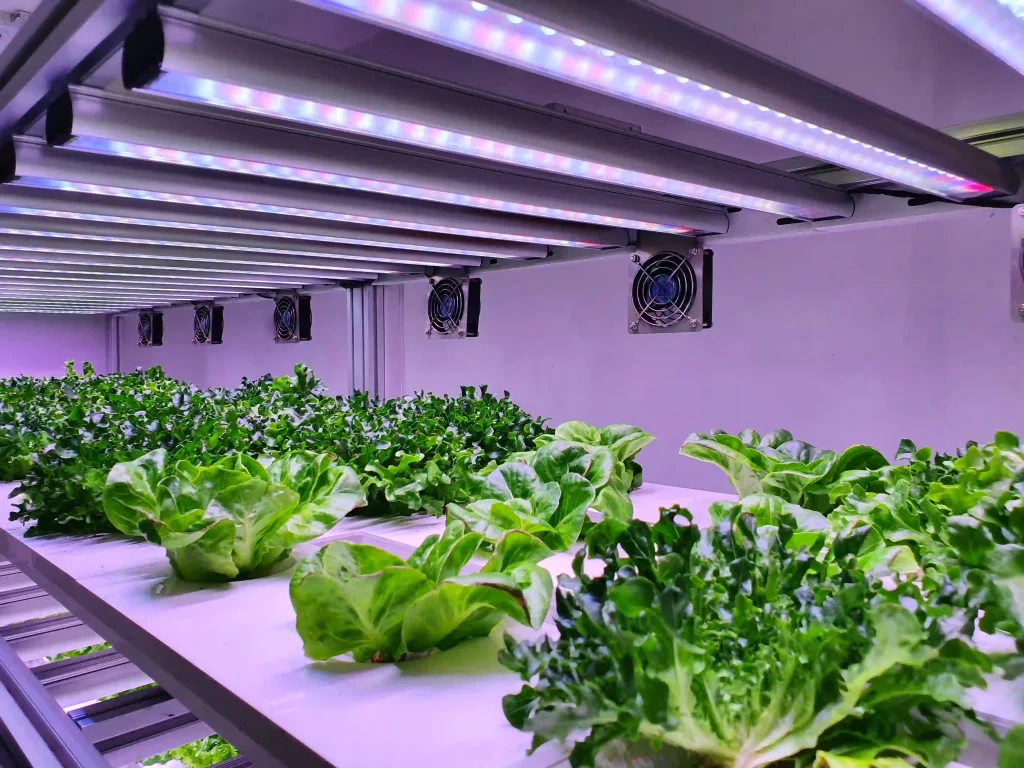When it comes to successful gardening, choosing the right growing method can make all the difference. Today, we’ll explore the key differences between hydroponics and soil growing, emphasizing the importance of selecting the right grow lights to enhance plant health and productivity.
 The Traditional Choice: Soil Growing
The Traditional Choice: Soil Growing
Soil growing has been the cornerstone of gardening for centuries. Here’s what you need to know:
- Nutrient Source: In soil, plants thrive on natural nutrients found in the earth. As they grow, they absorb minerals and organic matter, which are crucial for their development.
- Grow Lights in Action: For indoor gardeners, grow lights are essential. They mimic sunlight, providing the necessary light spectrum for photosynthesis. Full-spectrum grow lights can significantly enhance growth rates, especially in low-light conditions.
Advantages:
- Easy Setup: A simple pot and soil can kickstart your gardening journey.
- Beginner-Friendly: New gardeners can learn and adjust as they go, flushing out the soil when over-fertilization occurs.
- Natural Fertility: Soil contains organic nutrients that promote healthy growth.
Challenges:
- Maintenance: Regular watering and monitoring are crucial to avoid overwatering or nutrient deficiencies.
- Pest Problems: Soil can harbor pests and diseases, necessitating extra care and attention.
- Growth Speed: Nutrient absorption can be slower compared to hydroponics.
The Modern Approach: Hydroponics
Hydroponics is revolutionizing how we think about gardening. Let’s dive into its advantages and the role of grow lights.
Nutrient Delivery: In hydroponics, plants receive nutrients directly through a liquid solution, allowing for faster growth and better nutrient uptake.
- Importance of Grow Lights: Effective grow lights are vital in hydroponic systems. They ensure that plants receive the light they need for robust photosynthesis, which is especially critical in indoor setups.
Benefits:
- Efficiency: Automated systems reduce daily maintenance tasks. Combine this with high-quality grow lights, and you can achieve impressive yields.
- Controlled Environment: You have full control over nutrient delivery and light exposure, optimizing plant growth.
- Reduced Pests: The absence of soil minimizes pest issues, making it easier to maintain a healthy garden.
Drawbacks:
- Higher Initial Costs: Setting up a hydroponic system with grow lights can be more expensive upfront.
- Complexity: Managing a hydroponic setup requires more knowledge and experience.
- No Natural Nutrients: All nutrients must be provided by the grower, emphasizing the need for precise control over both nutrients and lighting.
Choosing the Right Grow Lights

- Spectrum: Look for full-spectrum grow lights that cater to all growth stages, from seedling to flowering.
- Energy Efficiency: LED grow lights are not only energy-efficient but also provide the right intensity for healthy plant growth.
- Light Intensity: Ensure that the light intensity matches the needs of your specific plants and growing method to maximize yield.
Conclusion
In the debate between hydroponics and soil growing, both methods offer unique advantages and challenges. However, the right grow lights are pivotal for either approach. Our full-spectrum grow lights are designed to enhance plant growth, whether you’re nurturing soil-grown plants or optimizing a hydroponic system.

